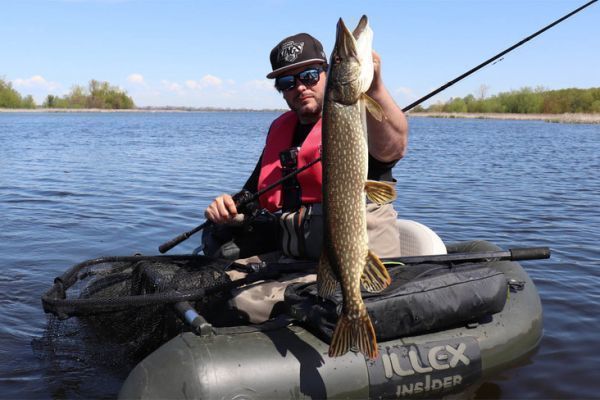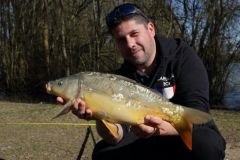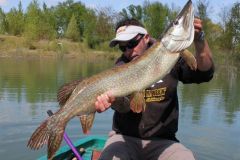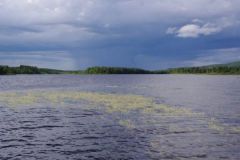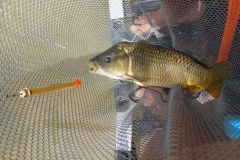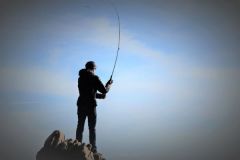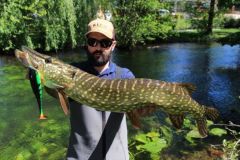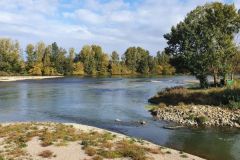The end of spawning
Pike spawn on flooded edges in February, March or even April if the water temperature is slow to reach the required 7 to 11°C. Once the spawning is over, the pike stays nearby to recover its energy.
A little later, its prey also begins to spawn along the edges, such as roach. This influx of easy food pushes the pike to stay in the same area.
The heating of the water
When spring arrives, the water warms up the fastest on the gently sloping edges, and therefore the pike find a comfort zone there. At this time, they are active all day.
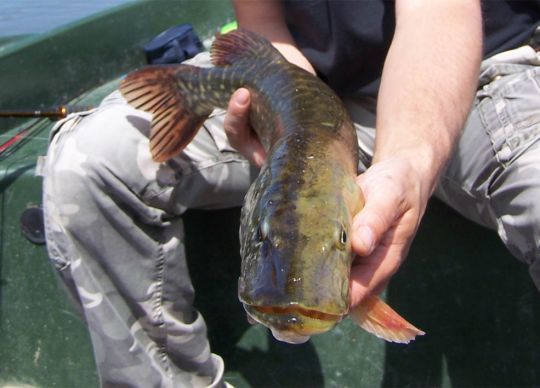
Quiet zones
In the river, at the time of the opening, the water can still be high. The pike stays on the edge and in the baits to protect itself from the current. They stay there as long as the water is high.
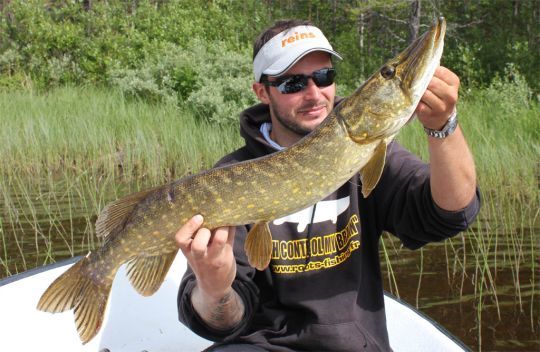
It will move into the current later, when the waters are clear, warmer and lower in oxygen.
Vegetation
Finally, the vegetation has already started to appear and it is on the edges that it grows first, before progressing towards the open sea later on.
Areas of primrose, grass or ranunculus are therefore particularly popular with pike at the beginning of the season. Moreover, since these areas are small, it is easier to locate and explore them.
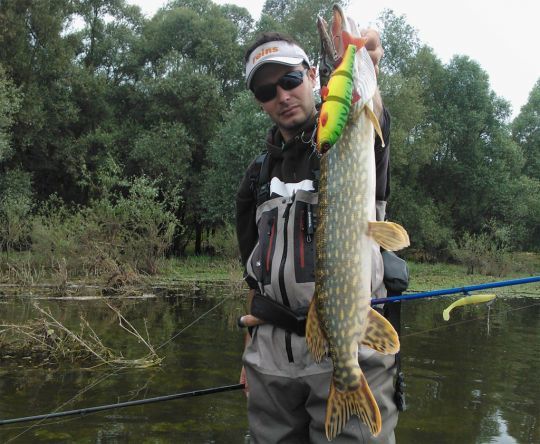
Dead or fallen trees are also popular with pike during this period, especially since some fish lay eggs on their branches.
There are many factors that usually cause pike, including the larger ones, to hold in shallow depths at opening time. This is the time to meticulously fish the edges and shallows, especially on sunny days. This positioning can continue as long as the water is high.
Approach
When fishing from the shore or in wadding, we must be discreet and not make noise, because the fish are in our feet!
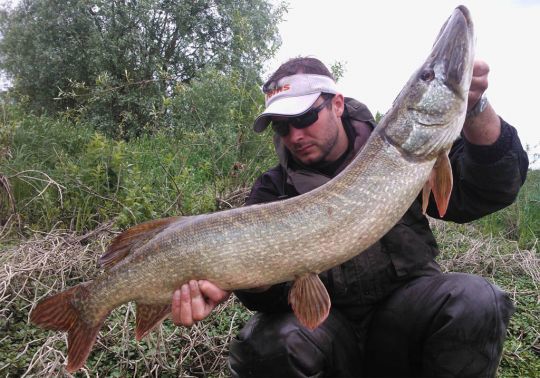
In a boat or float tube, you have to stay far enough away from the edge to avoid running over the fish's head, but close enough to be able to cast to the edge, as the pikes may even be stuck to it.
